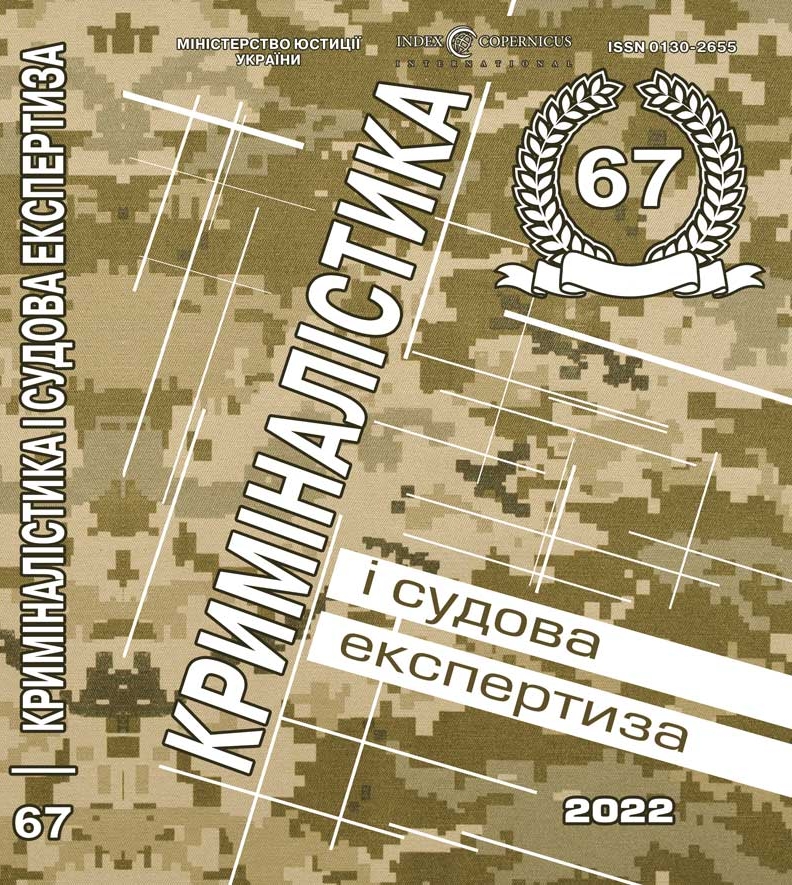DOI: https://doi.org/10.33994/kndise.2022.67.44
I. Krasiuk
A detailed scientific analysis of the signature and short handwritten notes as objects of expert research has been carried out. The essence and understanding of the object of judicial handwriting examination are determined.
The etymology of the terms “document”, “signature”, “short handwritten note” is investigated, the components of the object of forensic handwriting examination are established, on the basis of which the definition of the object of forensic handwriting examination is formulated as a collective concept that includes phenomena, processes and events of objective reality related to handwritten texts, as well as material carriers of information that reflect these phenomena, processes and events, which are sources of information about them and are provided for research by an expert (experts).
It is concluded that “writing” and “handwriting” are close, but independent categories. They correlate with each other as a whole and part of a written functional system, are expressed in a manuscript on the basis of a written and written-motor functional-dynamic complex, have the properties of a wide and narrow profile, are complex and homogeneous objects of forensic handwriting examination.
The characteristic features of the signature are determined: it is an identification mark of a certain person; performed by hand in the form of a graphic image; may consist of letters of the surname or be a conditional graphic design of the surname, initials, name; applied to a document in order to certify various facts and events.
It is emphasized that the material carrier of information about the fact of the letter, its signs and other circumstances that are important in criminal proceedings, in our case, is a small handwritten product (signature and / or a short handwritten note) reflected in the corresponding document. It is proved that the signature and/or a short handwritten note are the components of the complex of objects of forensic handwriting examination. These include the material carrier itself, that is, the document in a forensic sense, as well as the phenomena, processes and events of objective reality associated with the criminal offense under investigation and reflected on the material media provided to the expert (experts) for research.
Key words: small handwriting object, signature, short handwriting, object of ex-
amination, forensic handwriting examination.

